
All Star Baseball 2003 is a baseball video game published by Acclaim Entertainment in 2002. The game features Derek Jeter on the cover.
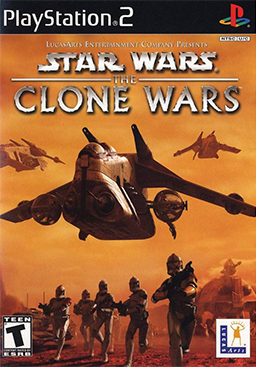
Star Wars: The Clone Wars is a video game set in the Star Wars universe developed by Pandemic Studios and published by LucasArts for GameCube, PlayStation 2 and Xbox. It consists mostly of vehicular combat using clone warships, starfighters, speeder bikes and tanks, as well as missions where players can control Anakin Skywalker, Obi-Wan Kenobi, or Mace Windu on foot. The game is set in the Star Wars prequel trilogy era, with the first level encompassing the Battle for Geonosis from Episode II: Attack of the Clones. The game also features multiplayer modes for up to four players in splitscreen, or online via Xbox Live for the Xbox. It holds aggregate scores of 73 out of 100, 72 out of 100 and 71 out of 100 on review aggregator Metacritic for the GameCube, PlayStation 2, and Xbox, respectively.
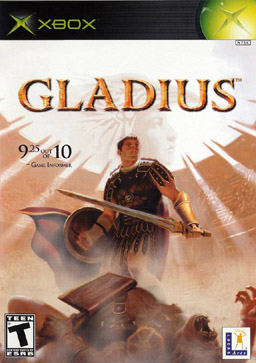
Gladius is a tactical role-playing video game developed and published by LucasArts. It was released in 2003 for the GameCube, PlayStation 2 and Xbox.

Madden NFL 2003 is an American football simulation video game based on the NFL that was developed by EA Tiburon and Budcat Creations and published by EA Sports. The 14th installment of the Madden NFL series, the game features former St. Louis Rams running back Marshall Faulk on the cover. This edition of Madden was the first to have EA Trax, the Mini Camp mode, and to feature Al Michaels as play-by-play announcer, who took over for Pat Summerall. Although it featured the expansion Houston Texans and the relocation of the Seattle Seahawks to the NFC, it was actually the second to do so. The game was released on August 12, 2002 for the Game Boy Advance, GameCube, Microsoft Windows, PlayStation, PlayStation 2 and Xbox. The PlayStation version also includes the Sega Genesis version of John Madden Football 93.
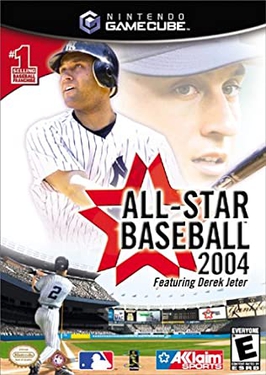
All Star Baseball 2004 is a baseball video game developed by Acclaim Studios Austin and Acclaim Studios Manchester and published by Acclaim Entertainment in 2003. It features Derek Jeter on the cover.
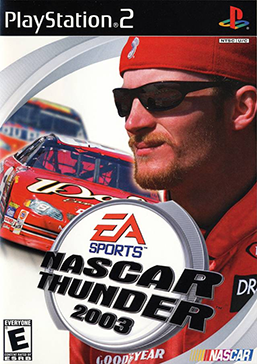
NASCAR Thunder 2003 is the sixth edition of the EA Sports' NASCAR racing simulator series. Developed by EA Tiburon and Budcat Creations and published by EA Sports. It was released for PlayStation, PlayStation 2, GameCube, and Xbox on September 18, 2002, and for Microsoft Windows on October 21. The product features Dale Earnhardt Jr. on the cover. It was the first time the NASCAR's Most Popular Driver Award recipient was featured on the cover, although he did not win the award for the first time until the following year. Dale Earnhardt appeared in the game as a driver as a result of entering his name as a Create-A-Car driver's name; he did not appear in the previous game due to his death. He appeared as a legend in subsequent games.

4x4 Evo 2, also known as 4x4 Evolution 2, is a racing video game developed by Terminal Reality for the PlayStation 2, Xbox, GameCube and Microsoft Windows. It is the sequel to 4x4 Evolution and features more trucks, and more racing tracks than the original game.

ATV: Quad Power Racing 2 is a racing video game developed by Climax Brighton and published by Acclaim Entertainment under their AKA Acclaim label for PlayStation 2, GameCube and Xbox. It's a sequel to ATV: Quad Power Racing. The game is notable for its inclusion of a three-wheeled ATV, not seen in any other video games, and not sold in the real world since the late 1980s.
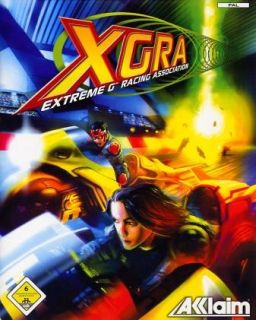
XGRA: Extreme-G Racing Association is a futuristic racing video game, the fourth and final installment in the Extreme-G series, following Extreme-G 3. This game features more tracks as well as a brand new weapon system.

Robin Hood: Defender of the Crown is a turn-based strategy video game developed by Cinemaware and published by Capcom. It is loosely based on the legend of Robin Hood and remake of Cinemaware's previous game Defender of the Crown, released for PlayStation 2, Windows, Xbox, and mobile phones.
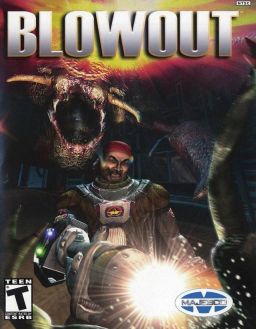
BlowOut is a 2003 run and gun video game developed by Terminal Reality and published by Majesco Sales, released for the Microsoft Windows, PlayStation 2, Xbox, and GameCube.
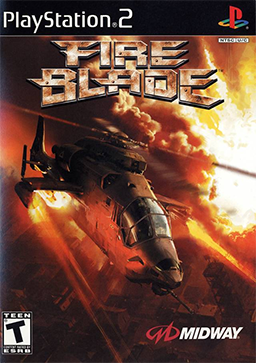
Fire Blade is a flight simulation video game released in 2002 by Kuju Entertainment. In the game, the player takes control of an advanced helicopter gunship as a part of the Fire Blade task force, which in the arc of the game's story is responsible for fighting terrorism. The enemies of the game are the United Eastern States, who are believed to be building terrorist training camps and factories for weapons of mass destruction.

Tak: The Great Juju Challenge is a platform video game developed by Avalanche Software and published by THQ for the GameCube, Game Boy Advance, Nintendo DS, PlayStation 2 and Xbox in 2005. It is the sequel to Tak 2: The Staff of Dreams and the third installment to the Tak and the Power of Juju series.
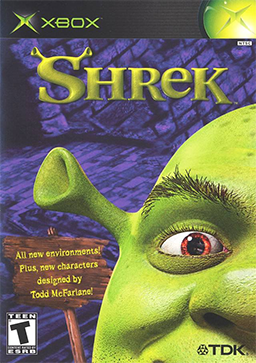
Shrek is a 2001 platform video game developed by Digital Illusions Canada and published by TDK Mediactive for the Xbox, based on the 2001 film Shrek. The game was released on November 15, 2001, as one of 22 North American launch titles for the Xbox and March 29, 2002, in Europe. A reworked version of the game, titled Shrek: Extra Large, was released for the GameCube on October 30, 2002, in North America and on October 24, 2003, in Europe. Shrek: Extra Large uses the same engine and game mechanics as the original Xbox release, but with an altered story and different levels.

MX Superfly featuring Ricky Carmichael, released as MX Super Fly in PAL regions, is a motorcross racing game developed by Pacific Coast Power & Light and published by THQ for the Xbox, PlayStation 2, and GameCube. It is the second installment of THQ's MX trilogy and a sequel to MX 2002 featuring Ricky Carmichael, garnering professional motorcross racer Ricky Carmichael's endorsement like its predecessor.

NFL Blitz Pro is a video game developed by Midway Games for GameCube, PlayStation 2 and Xbox in 2003.
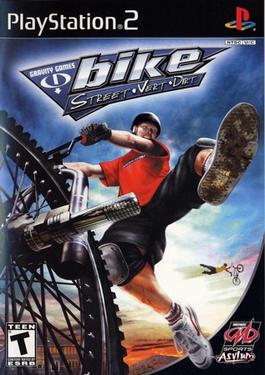
Gravity Games Bike: Street Vert Dirt is a sports video game developed and published by Midway for the PlayStation 2 and Xbox. It was released in North America on June 27, 2002 for the PlayStation 2 and on September 4, 2002 for the Xbox. It was the only game released under the Gravity Games license by Midway.
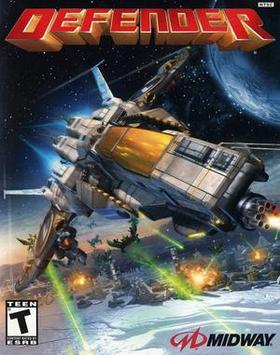
Defender is a shoot 'em up video game developed in October 2002 for the PlayStation 2, and Xbox, and was ported to the GameCube the following month, followed by a port to the mobile phone version published by THQ in 2003. The game was also rereleased for Xbox 360's Live Arcade in November 2006. It is a remake of the 1981 game of the same name. Featuring three-dimensional (3D) graphics, the game is set on multiple planets and moons within the Solar System where the player must defeat waves of invading aliens while protecting astronauts.

Wakeboarding Unleashed Featuring Shaun Murray is an extreme sports video game developed by Shaba Games, Small Rockets and Beenox, and published by Activision under the Activision O2 label and Aspyr for Game Boy Advance, Macintosh, Microsoft Windows, PlayStation 2, Xbox and mobile phones in 2003. It features wakeboarder Shaun Murray.



















